A Novel Synthesis of the NAMPT Inhibitor FK866
DOI: 10.23977/analc.2023.020117 | Downloads: 11 | Views: 270
Author(s)
Peifeng Zhang 1, Defeng Xu 1
Affiliation(s)
1 School of Pharmacy, Changzhou University, Changzhou, 213164, China
Corresponding Author
Defeng XuABSTRACT
In this article, we report a safe and high-yield synthesis method for the NAMPT inhibitor FK866, which avoids the use of flammable lithium aluminum hydride and highly toxic sodium azide, and the synthesis of key intermediates by the Gabrielle synthesis method to construct the amino group in 33% total reaction yield, which is a twofold increase in yield compared with existing synthesis methods, and enhances the safety of the synthesis method. Nicotinamide adenine dinucleotide (NAD) is an important cofactor in life's energy metabolism, regulating redox-related proteins such as cellular respiration, glycolysis, citric acid cycle, cell communication, transcriptional regulation, post-translational protein modification, and oxidative phosphorylation in cellular respiration. NAD is a core coenzyme of metabolism, mainly involved in redox reactions, but also in post-translational modifications to regulate DNA damage responses or gene expression, as a substrate for poly ADP ribose polymerase (PARP) and deacetylating Sirtuins. In cells, a specific set of synthases regulates the three major biosynthetic pathways of NAD, including the quinolinic acid phosphotransferase (QAPRT)-mediated ab initio synthesis, the nicotinic acid phosphoribosyltransferase (NAPRT)-mediated preprocessor (PH) synthesis pathway, and the NAMPT-mediated salvage pathway. Therefore, enzymes involved in NAD metabolism are attractive targets for drug discovery.
KEYWORDS
NAMPT inhibitor, FK866, synthesis methodCITE THIS PAPER
Peifeng Zhang, Defeng Xu, A Novel Synthesis of the NAMPT Inhibitor FK866. Analytical Chemistry: A Journal (2023) Vol. 2: 131-137. DOI: http://dx.doi.org/10.23977/analc.2023.020117.
REFERENCES
[1] S. Chowdhry, Zanca C., Rajkumar U., Koga T., Diao Y., Raviram R., Liu F., Turner K., Yang H., Brunk E., Bi J., Furnari F., Bafna V., Ren B.Mischel P. S. (2019). NAD metabolic dependency in cancer is shaped by gene amplification and enhancer remodelling. Nature. vol.569, no.(7757), p.570-575.
[2] L. Liu, Su X., Quinn W. J., 3rd, Hui S., Krukenberg K., Frederick D. W., Redpath P., Zhan L., Chellappa K., White E., Migaud M., Mitchison T. J., Baur J. A.Rabinowitz J. D. (2018). Quantitative Analysis of NAD Synthesis-Breakdown Fluxes. Cell Metab. vol.27, no.(5), p.1067-1080.e5.
[3] J. A. Khan, Forouhar F., Tao X.Tong L. (2007). Nicotinamide adenine dinucleotide metabolism as an attractive target for drug discovery. Expert Opin Ther Targets. vol.11, no.(5), p.695-705.
[4] S. ImaiGuarente L. (2014). NAD+ and sirtuins in aging and disease. Trends Cell Biol. vol.24, no.(8), p.464-471.
[5] E. S. Burgos (2011). NAMPT in regulated NAD biosynthesis and its pivotal role in human metabolism. Curr Med Chem. vol.18, no.(13), p.1947-1961.
[6] T. ZhangKraus W. L. (2010). SIRT1-dependent regulation of chromatin and transcription: linking NAD(+) metabolism and signaling to the control of cellular functions. Biochim Biophys Acta. vol.1804, no.(8), p.1666-1675.
[7] Q. JiangGreenberg R. A. (2015). Deciphering the BRCA1 Tumor Suppressor Network. J Biol Chem. vol.290, no.(29), p.17724-17732.
[8] E. H. Hong, Yun H. S., Kim J., Um H. D., Lee K. H., Kang C. M., Lee S. J., Chun J. S.Hwang S. G. (2011). Nicotinamide phosphoribosyltransferase is essential for interleukin-1beta-mediated dedifferentiation of articular chondrocytes via SIRT1 and extracellular signal-regulated kinase (ERK) complex signaling. J Biol Chem. vol.286, no.(32), p.28619-28631.
[9] P. R. Martin, Shea R. J.Mulks M. H. (2001). Identification of a plasmid-encoded gene from Haemophilus ducreyi which confers NAD independence. J Bacteriol. vol.183, no.(4), p.1168-1174.
[10] D. HanahanWeinberg R. A. (2011). Hallmarks of cancer: the next generation. Cell. vol.144, no.(5), p.646-674.
[11] T. B. Dahl, Holm S., Aukrust P.Halvorsen B. (2012). Visfatin/NAMPT: a multifaceted molecule with diverse roles in physiology and pathophysiology. Annu Rev Nutr. vol.32, p.229-243.
[12] X. Lv, Zhang L., Zhu Y., Said H. M., Shi J.Xu G. (2015). Regulative Effect of Nampt on Tumor Progression and Cell Viability in Human Colorectal Cancer. J Cancer. vol.6, no.(9), p.849-858.
[13] A. Lucena-Cacace, Umeda M., Navas L. E.Carnero A. (2019). NAMPT as a Dedifferentiation-Inducer Gene: NAD(+) as Core Axis for Glioma Cancer Stem-Like Cells Maintenance. Front Oncol. vol.9, p.292.
[14] E. A. Ostrakhovitch, Akakura S., Sanokawa-Akakura R., Goodwin S.Tabibzadeh S. (2015). Dedifferentiation of cancer cells following recovery from a potentially lethal damage is mediated by H2S-Nampt. Exp Cell Res. vol.330, no.(1), p.135-150.
[15] E. A. Turbat-Herrera, Kilpatrick M. J., Chen J., Meram A. T., Cotelingam J., Ghali G., Kevil C. G., Coppola D.Shackelford R. E. (2018). Cystathione β-Synthase Is Increased in Thyroid Malignancies. Anticancer Res. vol.38, no.(11), p.6085-6090.
[16] K. Holen, Saltz L. B., Hollywood E., Burk K.Hanauske A. R. (2008). The pharmacokinetics, toxicities, and biologic effects of FK866, a nicotinamide adenine dinucleotide biosynthesis inhibitor. Invest New Drugs. vol.26, no.(1), p.45-51.
[17] U. H. Olesen, Thougaard A. V., Jensen P. B.Sehested M. (2010). A preclinical study on the rescue of normal tissue by nicotinic acid in high-dose treatment with APO866, a specific nicotinamide phosphoribosyltransferase inhibitor. Mol Cancer Ther. vol.9, no.(6), p.1609-1617.
| Downloads: | 531 |
|---|---|
| Visits: | 19744 |
Sponsors, Associates, and Links
-
Forging and Forming

-
Composites and Nano Engineering
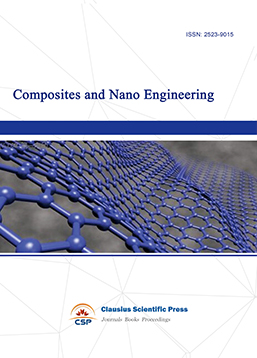
-
Journal of Materials, Processing and Design
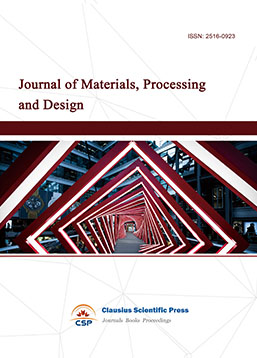
-
Metallic foams
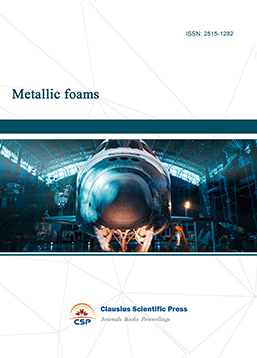
-
Smart Structures, Materials and Systems

-
Chemistry and Physics of Polymers
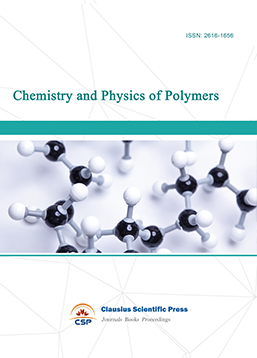
-
Modern Physical Chemistry Research
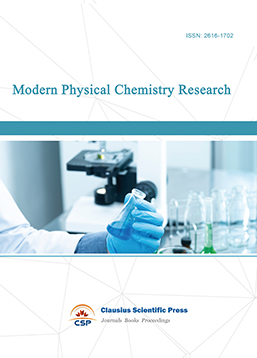
-
Inorganic Chemistry: A Journal

-
Organic Chemistry: A Journal
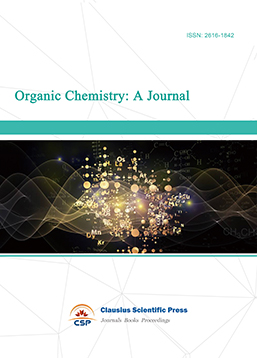
-
Progress in Materials Chemistry and Physics

-
Transactions on Industrial Catalysis
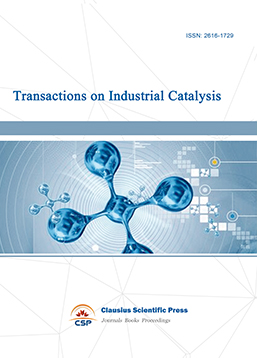
-
Fuels and Combustion

-
Casting, Welding and Solidification
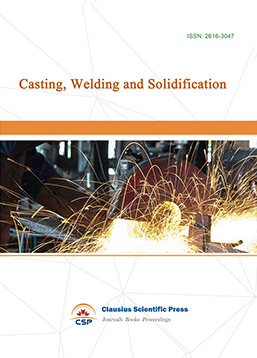
-
Journal of Membrane Technology
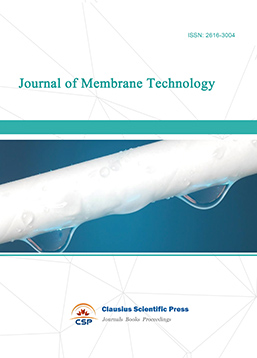
-
Journal of Heat Treatment and Surface Engineering
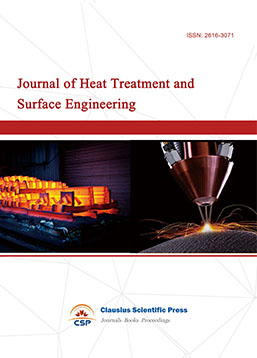
-
Trends in Biochemical Engineering

-
Ceramic and Glass Technology

-
Transactions on Metals and Alloys
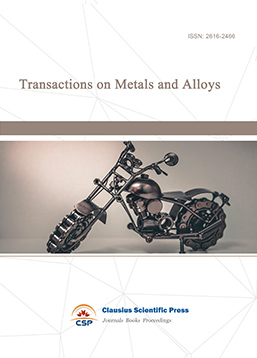
-
High Performance Structures and Materials
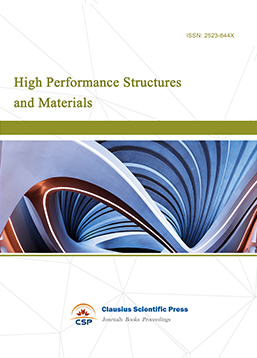
-
Rheology Letters

-
Plasticity Frontiers

-
Corrosion and Wear of Materials

-
Fluids, Heat and Mass Transfer

-
International Journal of Geochemistry
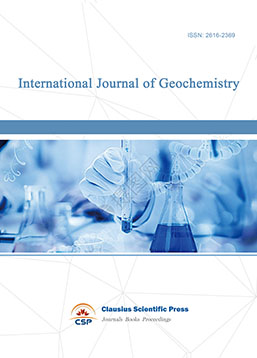
-
Diamond and Carbon Materials
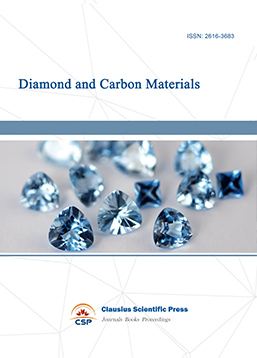
-
Advances in Magnetism and Magnetic Materials
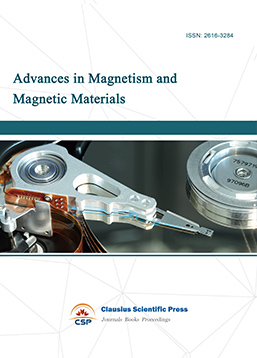
-
Advances in Fuel Cell

-
Journal of Biomaterials and Biomechanics
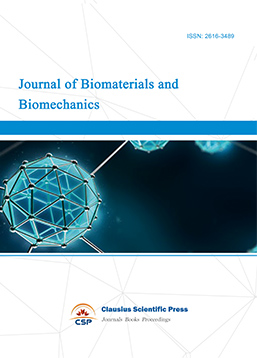

 Download as PDF
Download as PDF